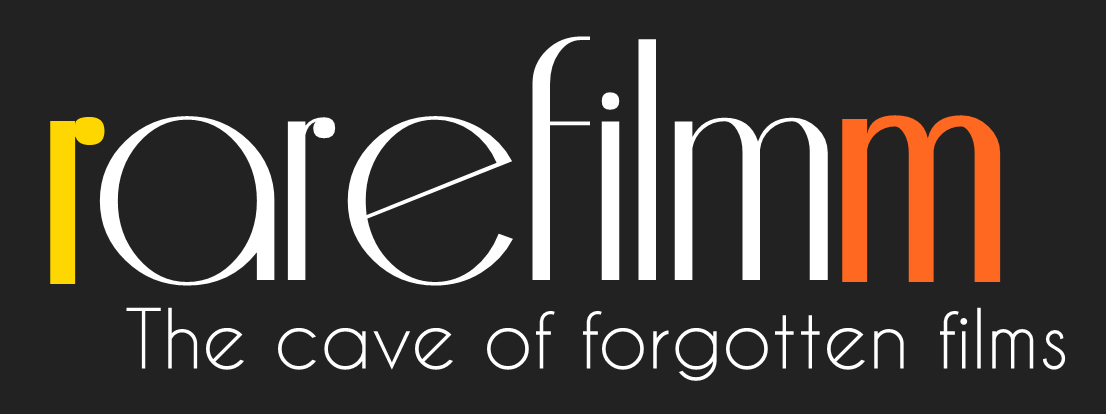In this short film from Yugoslavia, a boy wanders the city alone on a hot summer’s day. More and more unnerved by his own shadow, he attempts to escape it, but ends up finding a new friend instead. Grounded in the architecture and infrastructure of the city, the film turns into a literal flight of fantasy.
Category: Experimental
Bruce Conner deconstructs the repetitive imagery and messages from media coverage of the Kennedy assassination, fabricating an image track out of the fragments of the paltry documentary footage. The film is divided into two unequal parts, a longer, first section that Conner has called ‘the death of Kennedy’ and an ‘epilogue’ that imaginatively unpacks the Kennedy myth. It is also an astounding exposé of the media’s modes of creating meaning, of constructing messages, and ultimately of controlling information.
Remembrance of Things Fast represents the culmination of Maybury’s work in video, which has developed alongside the technology itself. Starring Tilda Swinton and Rupert Everett in lead roles, the tape confronts the conventions of world television and satellite broadcast, drawing on the fragmentary nature of the medium and the clichés of the three minute attention span. At the same time, it replaces bland mainstream images with darker, more satirical observations and studies.
In this unique approach to the autobiographical film format, director Stephen Dwoskin pieces together home movies shot by his parents in New York City, a video letter recorded during the 1990 Gulf War by filmmaker Robert Kramer, and raw footage filmed by Dwoskin himself. A veteran of the New York independent film scene of the 1960s, Dwoskin constructs a film poem in which the strong sentiment of his personal story—he was stricken by polio and eventually confined to a wheelchair—never overwhelms the beauty of the film’s distinct form.
This hilarious film alternates three kinds of material: footage of barking dogs, shots of streets and other locations, and a ludicrously overdetermined melodramatic story, illustrated chiefly by a series of stills (and occasionally by shots in motion) and narrated off-screen. The net result of its combined strategies is to reveal melodrama itself as a pure formal mechanism, with characters and plot reduced to the status of necessary props.
Writer-director Ari Gold’s 21-minute short film, HELICOPTER, recounts in impressionistic detail the aftermath of his mother Melissa’s death in the helicopter crash that also killed her boyfriend, promoter Bill Graham. Employing a narrative pastiche that includes acted vignettes, a black-and-white animated re-creation of the crash itself, poignant answering-machine voice-over and personal photos, Gold deftly conveys the fractured nature of loss: how memory, despair, indignation and even elation surge and recede in the mourning mind.
In 1959, Peter Weiss made his first feature length film, Hägringen, with Staffan Lamm and Gunilla Palmstierna in leading roles. The script to the rather experimental film is based on the novel Document I which he had published in Swedish in 1949 on his own initiative. The film shows the encounter of a young man with a large city that is yet unknown to him. His passage, accompanied by often surrealistic and absurd impressions, turns into a tour-de-force through various urban milieus.
Unconcerned with narrative constraints, the ‘plot’ of Hamlet X is both brief and almost incidental to James Clayden’s motives: a man is released from prison and moves into a deserted city building with a woman friend, where he reluctantly becomes involved with a production of Hamlet. Haunted by the uncertainty of his past, together with his guilt for exisiting, he becomes more and more like Shakespeare’s infamous Dane.
